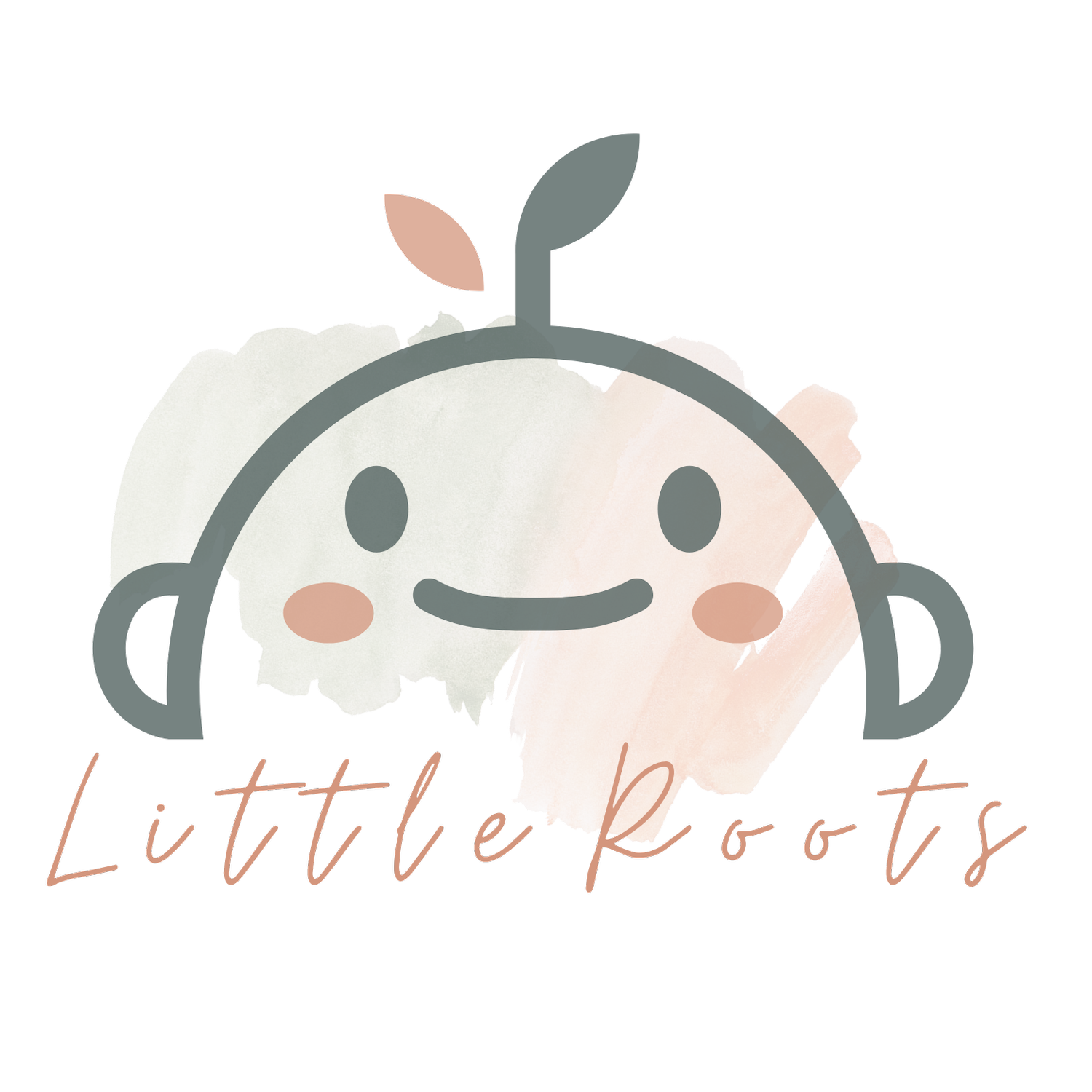From Womb to World: How Babies Are Wired to Thrive
The First Nine Months: A Protected Beginning
Before birth, a baby grows in a protected environment: warm, fluid-filled, quiet, and intimately connected to their mother’s body for nourishment and survival. All of their sensory systems are developing, but they’re not yet functioning independently. Everything is happening in rhythm—with the mother’s heartbeat, breath, and movement providing a template for regulation.
Around nine months post-conception (or at birth), a baby is biologically ready to begin doing things on their own—like breathing, feeding, and sensing the world. But this transition is just the beginning of a long, dynamic journey.
Birth: The Big Transition
Birth is not just an event—it’s a trigger. It jumpstarts the baby’s body systems for life outside the womb. At this stage, the lower brain centers (brainstem and midbrain) are in charge. These areas control automatic survival functions like breathing, sucking, temperature regulation, and heart rate.
We’re not yet “thinking” in the adult sense. The focus is on reflexive action, nervous system regulation, and sensory-motor development to support survival and connection.
Wired for Growth and Connection
A baby’s nervous system is like a bundle of wires waiting to be plugged in. Over time, experiences with the body, environment, and caregivers help these wires connect, setting the foundation for:
Purposeful movement
Emotional bonding
Self-regulation
Curiosity and learning
This maturation depends not just on biology—but on human interaction. Babies need responsive caregivers to help them co-regulate, feel safe, and grow their understanding of the world.
Touch: The First Sense of Connection
Touch is the first sense to develop in the womb—and one of the most important after birth. It helps babies:
Feel calm and secure
Understand where their body is in space
Begin interacting with the world
Learn emotional safety and relational cues
When we touch, we also feel—pressure, temperature, texture, comfort, and connection. Through touch, babies build a sensory map: this is soft… this is warm… this is safe…
Movement Matters: The Power of Human Contact
A parent rocking their baby is one of the most developmentally rich experiences we can offer. While the rocking is rhythmical, it isn’t digitally programmed. There are natural variations—in speed, direction, and rhythm—that stimulate the baby's vestibular system (which controls balance and spatial awareness).
At the same time, the baby hears their parent’s voice, breath, and heartbeat. They feel warmth, skin contact, and even smell their caregiver’s unique scent. This multi-sensory input helps the baby co-regulate and anchor their nervous system in connection.
An infant swing cannot replicate this. While it may soothe momentarily, it lacks the relational depth, sensory richness, and adaptive variation that human contact offers.
Why Floor Time Matters: How Movement Builds the Brain and Body
From the very beginning, babies are born with primitive reflexes—automatic movements that help them survive and begin developing the brain-body connection. These early reflexes are a sign of a healthy nervous system, and when babies are given the freedom to move, those reflexes gradually mature into more controlled, voluntary movements.
For example, the Asymmetrical Tonic Neck Reflex (ATNR)—sometimes called the “fencing” reflex—helps babies start to build head, neck, and core strength. As they move their head to one side, their arm naturally extends on that side and bends on the opposite side. This reflex supports early coordination between the eyes, hands, and body, laying the foundation for later skills like reaching, crawling, and reading.
As babies grow and explore movement through the first year, their brains are wiring in new ways—developing:
Head, neck, and core control
Body awareness and coordination
Vision and hand-eye integration
Postural stability and balance
To support this natural, healthy progression, babies need frequent opportunities for:
Floor time—both on their backs, sides and bellies
Tummy time to strengthen postural and visual skills
Free movement without restrictive gear/devices
Being held in different positions to vary their sensory input
These early experiences are more than just play—they’re how babies build the foundation for gross motor skills (like rolling, crawling, and walking) and eventually fine motor skills (like writing, dressing, and self-care).
Modern Baby Devices: A Word of Caution (with Compassion)
The choices we make in the first year—especially around devices used to entertain, calm, or "control" babies—can interfere with natural development when overused. Frequent reliance on swings, containers, and passive holding systems can reduce a baby’s movement opportunities, sensory input, and relational regulation—the key building blocks of development. Over time, this may impact:
Postural control
Motor planning
Emotional regulation
But this is not about judgment.
Parenting is layered, and there is no one right way to do it. Sometimes babies do need extra support to sleep, stay calm, or feel safe—and that’s okay. Devices may be part of a broader strategy that helps a family manage mental health, rest, or survival in the early months. These things matter deeply, too.
Occupational therapy support is not about black-and-white rules. It’s about curiosity, collaboration, and support. We look at the why behind a baby’s or family’s needs—and work together to ensure those needs are being met in developmentally supportive ways.
If you find yourself relying heavily on containers or swings, it’s not a sign of failure. It’s a signpost—a moment to pause, reflect, and possibly seek guidance. With support, you can explore what your baby might be asking for and how to meet that need through movement, connection, and co-regulation—in ways that also support their long-term growth.
We Grow Together
Every baby is unique. Every family has its own rhythm, needs, and lived realities. Therapy isn’t about rigid rules—it’s about partnership. It’s about understanding development, honoring parents, and empowering families with realistic, supportive strategies.
With education, encouragement, and the right tools, families can feel more confident helping their babies thrive—one small, meaningful step at a time.



